
In that context, cultural heritage is no longer just a memory of the past but has become a special resource, a form of “heritage capital” capable of creating added value, jobs, creativity and identity for the modern economy .
Core principles
From architectural complexes, landscapes, tangible relics to intangible heritage treasures such as festivals, folk knowledge, traditional crafts, cuisine or music , Vietnam possesses a huge “soft treasure”: 9 tangible heritages, 16 intangible heritages, 11 documentary heritages recognized by UNESCO, about 10,000 relics ranked at all levels, nearly 8,000 festivals and thousands of craft villages and national intangible heritages. All of these form the foundation for a “heritage economy”, where cultural values are transformed into development assets, connecting the past and the future, tradition and creativity.
To create a sustainable development corridor for the heritage economy linked to the private sector, a sophisticated and humane management approach is needed. International experience and Vietnamese practice show that this development needs to be guided by four core principles: Respecting the original value of heritage and assessing the impact before any intervention; integrating heritage, landscape, tourism, environment and community in a unified space; preserving the sophistication of traditional aesthetics within an appropriate development scale; and finally, interacting, co-creating and sharing benefits between businesses, communities and governments.
In the new economic structure, the private sector has emerged as an important driving force for innovation and creativity. Resolution No. 68-NQ/TW dated May 4, 2025 of the Politburo clearly affirms that the private economy is an important force promoting labor productivity, improving national competitiveness and contributing to stabilizing social life.
In the cultural field, the private sector is not only an investor, but also a storyteller, a creator and a companion in the journey of preserving and promoting heritage. From the models of Hoi An ancient town, Bat Trang craft village, Trang An Ninh Binh film studio, Hue Festival, to French architectural conservation projects in Hanoi... all clearly demonstrate the ability to combine private resources, creativity and heritage values in cultural economic development.
The world is now moving strongly towards an experience economy, where value lies not only in the physical product but also in the emotions, stories and identities it brings. Consumers and tourists today seek authenticity, uniqueness and a sense of community, factors that Vietnam has a great advantage in thanks to its rich history, culture and heritage.
However, along with that opportunity are significant challenges: The legal framework for public-private cooperation in the heritage sector is still lacking in specificity, the capacity of private enterprises in the fields of creation and conservation is limited, the management mechanism is still heavily based on "asking - giving", and the risk of brutal commercialization can cause cultural values to become "hollow" if there is a lack of supervision standards.
To create a sustainable development corridor for the heritage economy associated with the private sector, a sophisticated and humane management approach is needed. International experience and Vietnamese practice show that this development needs to be guided by four core principles: Respecting the original value of heritage and assessing the impact before any intervention; integrating heritage, landscape, tourism, environment and community in a unified space; preserving the sophistication of traditional aesthetics in an appropriate development scale; and finally interacting, co-creating and sharing benefits between businesses, communities and the government. At the same time, in addition to the traditional "three houses" (State - Scientists - Businesses), it is necessary to expand to "four houses" by adding the role of Community Houses - those who directly live, preserve and benefit from heritage, to create a circle of consensus in all decisions.
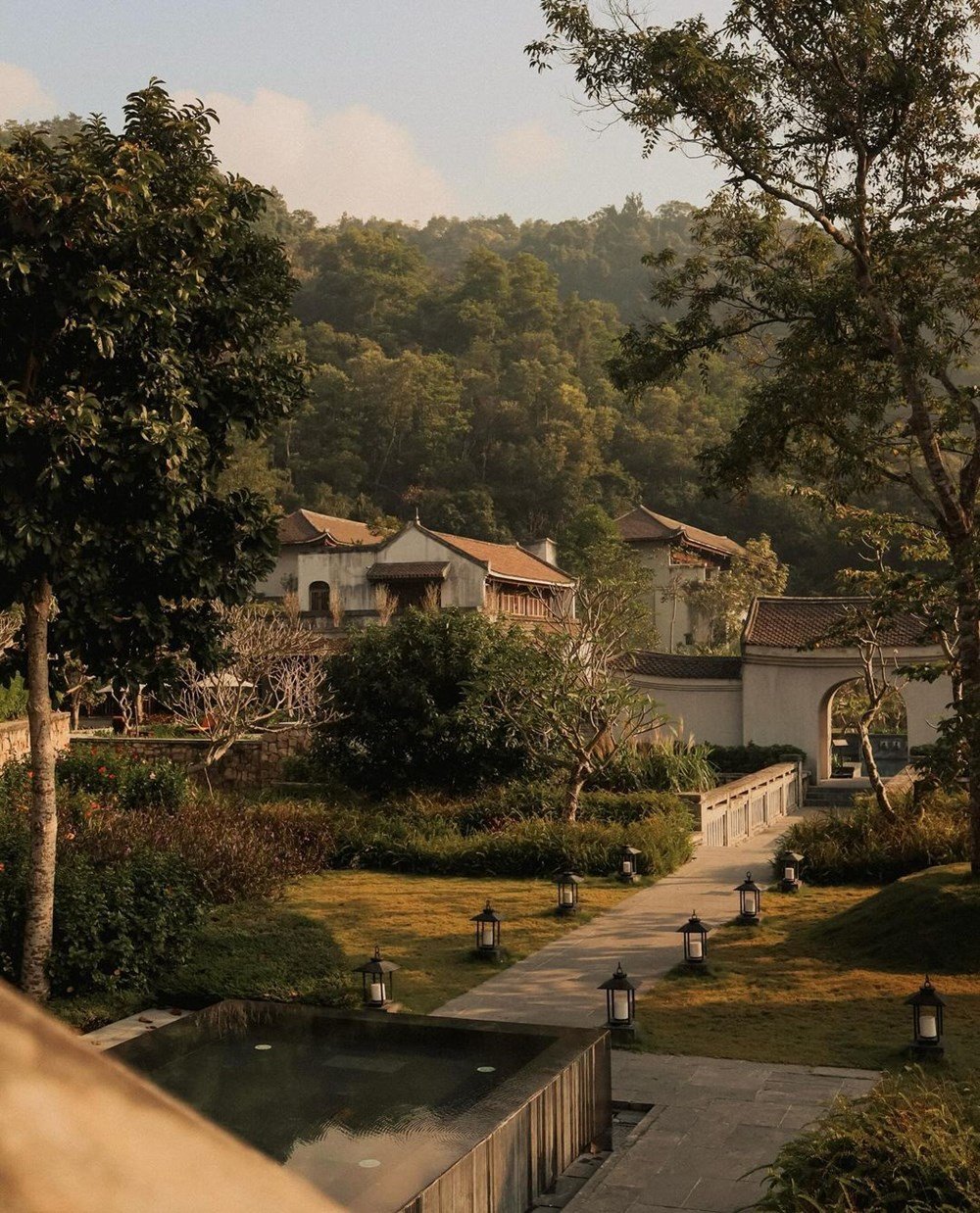
Risk management and social responsibility must come first
In terms of policy, it is necessary to first improve the institutions and allow the piloting of “heritage sandboxes”, flexible legal testing areas for public-private partnership models in heritage conservation and exploitation. The establishment of the Vietnam Heritage & Creativity Fund under a mixed finance model, combining public capital, private capital and international funding, will help mobilize resources more strongly.
In terms of policy, it is necessary to first improve institutions and allow piloting of “heritage sandboxes”, flexible legal testing areas for public-private partnership models in heritage conservation and exploitation. The establishment of the Vietnam Heritage & Creativity Fund under a mixed finance model, combining public capital, private capital and international funding, will help mobilize resources more strongly. At the same time, it is necessary to issue heritage-sensitive design standards for architecture, advertising, lighting and night tourism, as well as establish a “Vietnam Heritage Label” mechanism to rank and honor creative cultural products and services associated with authentic values and community impact.
In parallel, it is necessary to issue heritage-sensitive design standards for architecture, advertising, lighting and night tourism, as well as establish a “Vietnam Heritage Label” mechanism to rank and honor creative cultural products and services associated with authentic values and community impact.
Another important direction is to develop digital infrastructure and open knowledge systems on heritage through the construction of the “Vietnam Heritage Data Hub”, a national data platform integrating information on relics, festivals, traditional crafts, cuisine, copyrights and digital maps, supporting creative startups and cultural enterprises. When virtual reality technology (VR/AR), e-tickets, multilingual guides and models
If the "open museum" is popularized, heritage will truly enter the digital age, reaching the public in a more lively and attractive way. From a practical perspective, it is possible to deploy many specific models such as the cluster of Vietnamese traditional costumes, heritage fashion with the center "AoDai.VN" combining performance and e-commerce; the cluster of heritage cuisine with museums, tours showcasing dishes and typical brands such as "Pho Hanoi", "Bun bo Hue", "Mi Quang", "Cao lau Hoi An"; the cluster of craft villages - creative spaces combining accommodation, workshops, exhibitions and small concerts; or the cluster of heritage night economy with walking streets, art lighting, night markets and cultural cruises.
Along with development, risk management and social responsibility must be given top priority. A set of risk control criteria should be strictly applied, including the authenticity and integrity of heritage, environmental impact, tourism load, equitable distribution of benefits to the community, architectural and landscape aesthetics, and educational and communication values. The establishment of local Heritage Councils with the participation of communities, artisans and businesses will help ensure transparency and democracy in conservation. In addition, the “Patron of Vietnam Heritage” program should be launched to call on businessmen and overseas Vietnamese to sponsor the restoration of relics, and publicize progress and costs on a digital platform.
In this ecosystem, the government is not only a management agency but must become a "conductor", a creator of institutions, standards, data and soft infrastructure; coordinate parties according to a commitment mechanism instead of "asking - giving"; shift the focus from pre-control to post-control using digital technology and real-time monitoring; and especially, take people's quality of life as a measure for all activities instead of focusing only on tourism growth index.
When the Law on Cultural Heritage (amended) 2024 takes effect from July 1, 2025, linking the private sector with the heritage economy will become an inevitable requirement. Vietnam can completely move towards the model of a “Heritage-based Creative Economy”, an economy that operates on innovation, technology and international integration, but still maintains its national cultural roots.
With a well-developed legal framework, clear standards, transparent data and community consensus, the private sector will make a strong contribution to making Vietnam’s heritage the foundation for a humane, green, creative and sustainable economy, where the past is preserved, the present is prosperous and the future is nurtured.
Source: https://baovanhoa.vn/van-hoa/dang-dan-tro-thanh-yeu-cau-tat-yeu-178776.html


![[Photo] Opening of the 14th Conference of the 13th Party Central Committee](https://vphoto.vietnam.vn/thumb/1200x675/vietnam/resource/IMAGE/2025/11/05/1762310995216_a5-bnd-5742-5255-jpg.webp)





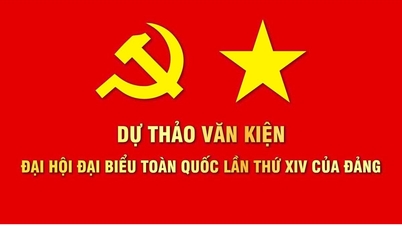

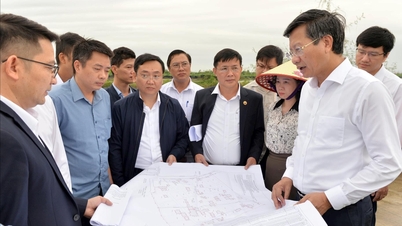


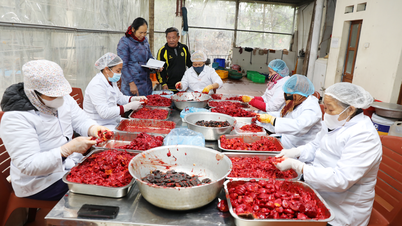




















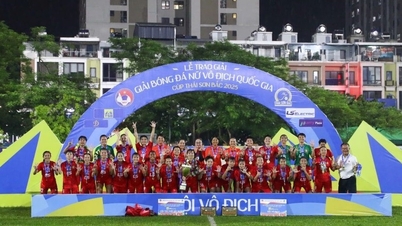




![[Photo] Panorama of the Patriotic Emulation Congress of Nhan Dan Newspaper for the period 2025-2030](https://vphoto.vietnam.vn/thumb/1200x675/vietnam/resource/IMAGE/2025/11/04/1762252775462_ndo_br_dhthiduayeuncbaond-6125-jpg.webp)














































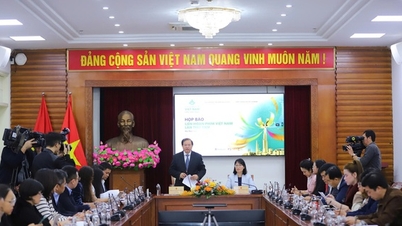





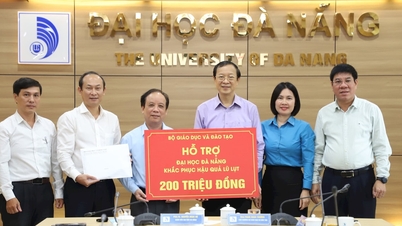



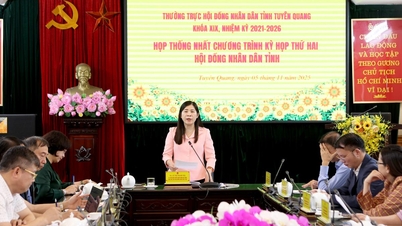

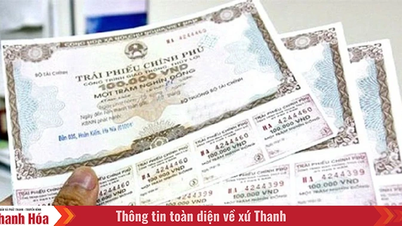














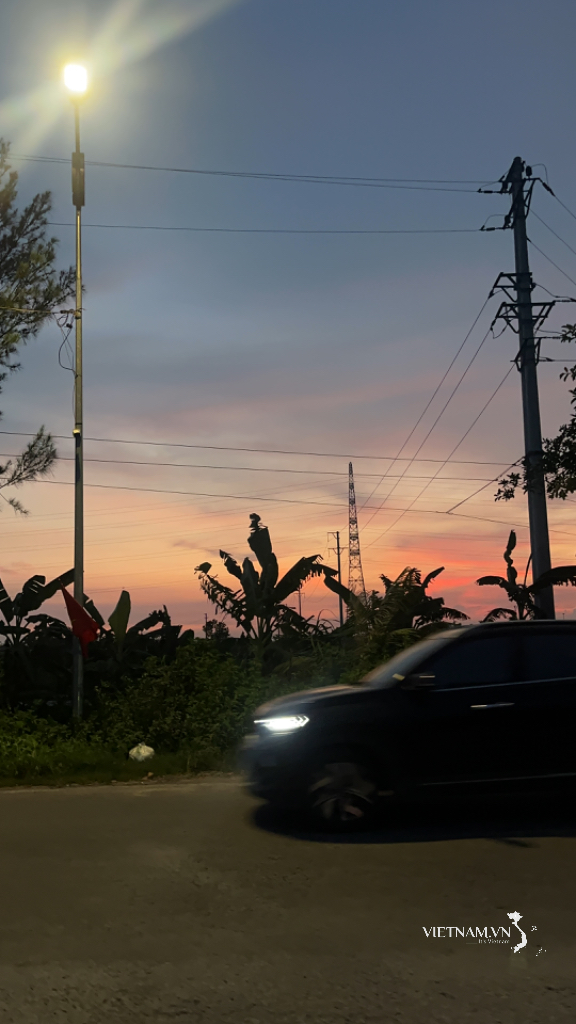
Comment (0)